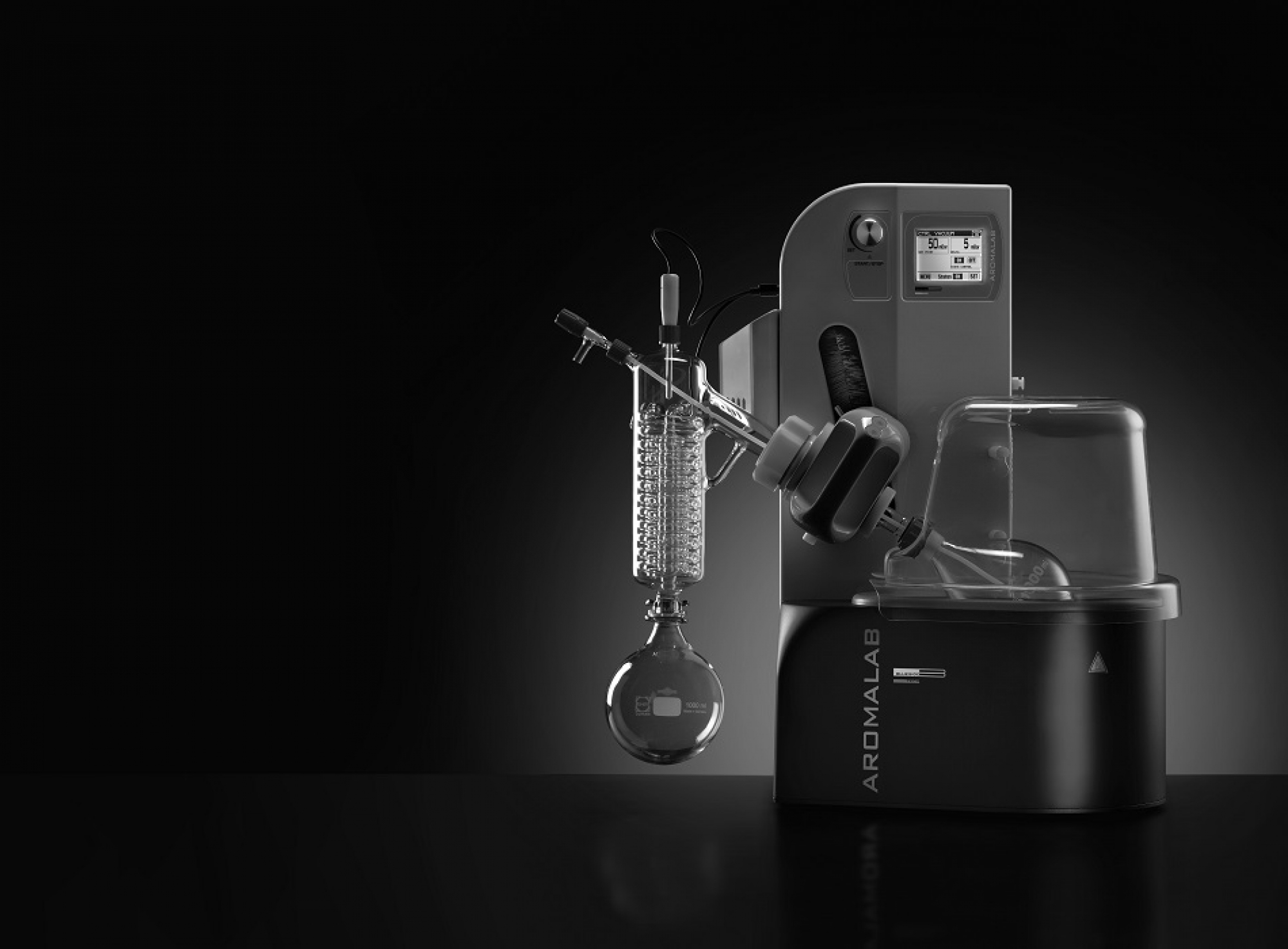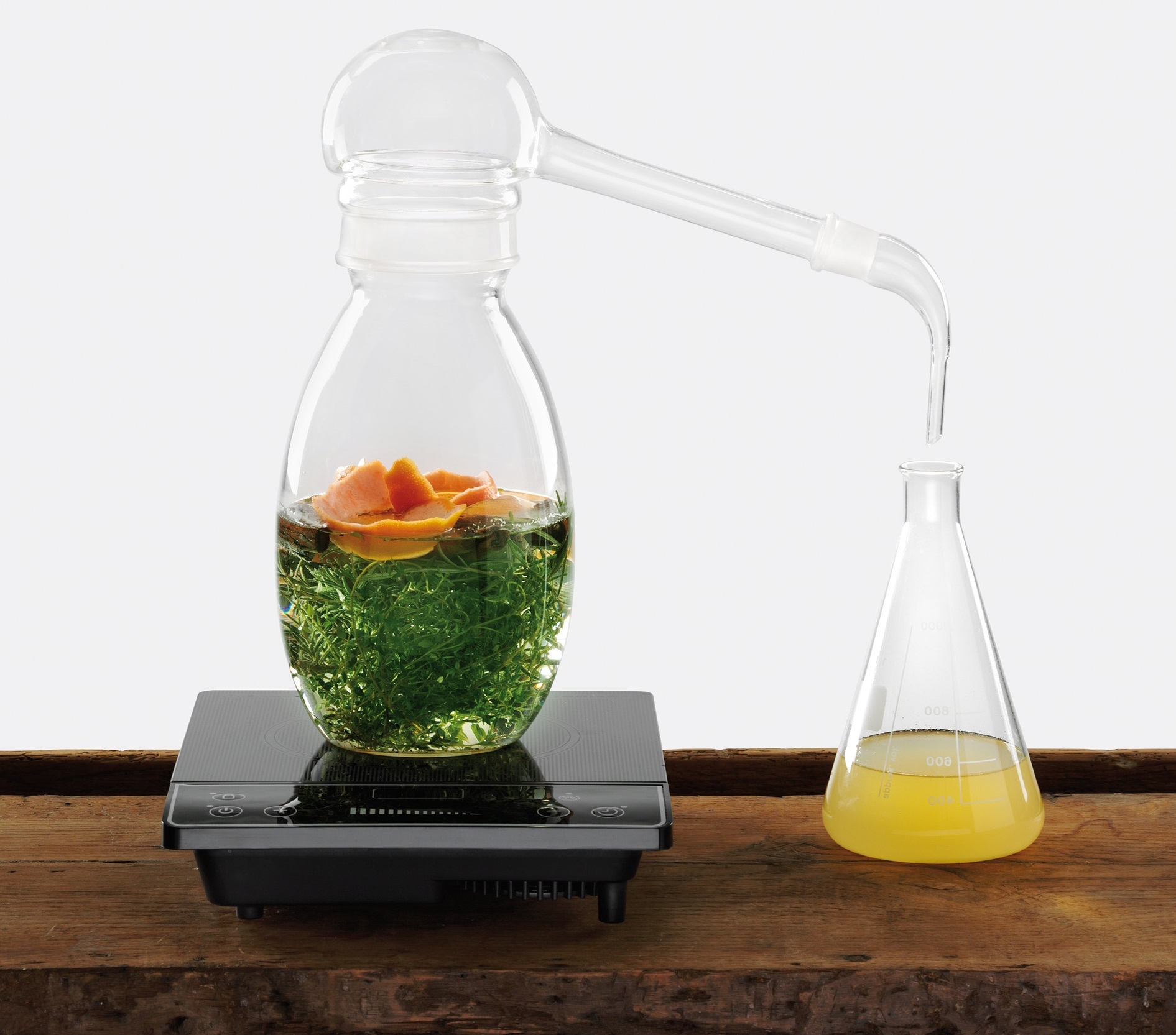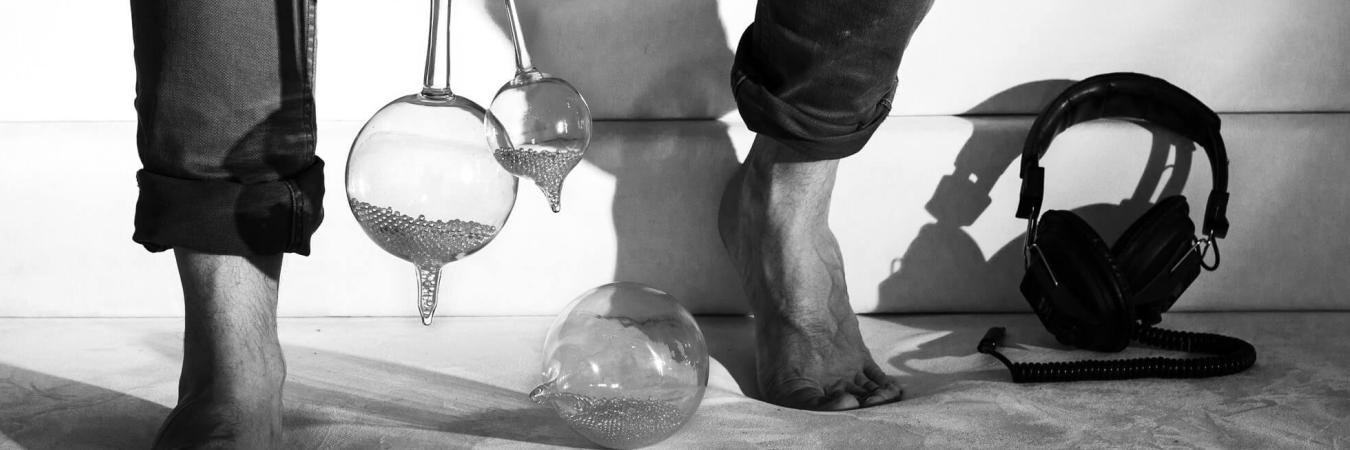by Blueside emotional design
It was the Phoenicians, and right after them the Egyptians, who almost by chance discovered that simple sea sand heated with fire could be magically transformed into a beautiful transparent material called glass.
The silica in the sand, together with other natural elements in the earth, is still the main raw material used for making glass.
Have you ever seen a piece of volcanic rock and discovered that inside it you can find obsidian, a precious, shiny, hard, black and semi-transparent material that can be defined as “natural glass”?
This example is to show that the very high temperature acts on the silica in the soil, together with calcium, magnesium and other minerals, in a completely natural way, creating incandescent magma that turns into natural glass (obsidian) when it cools.
From these brilliant discoveries of the past we arrived at modern times, and we realized that if we combine boron with silicon we can obtain a glass that is very transparent, pure, resistant to thermal shock, and with a very low expansion coefficient.

Thus borosilicate glass came into being.
It was invented by Otto Schott, the founder of Schott AG in 1893 which also made the first optical glass for microscopes that is still being used today.
Borosilicate glass has the characteristic of resisting fire and high temperatures without requiring too many precautions, and it has found many applications in the chemical industry for reactors production, in the pharmaceutical industry for the synthesis of drugs, and in the home for cooking food, as well as for lighting before the advent of LED, when it was necessary for glass to withstand the high temperatures produced by incandescent lighting.
This highly technical, noble glass ensures chemical inertness and does not release contaminants when it comes into contact with liquids or solids stored even for long periods.

Steroglass, a company founded in 1959 by Luigi Falocci and now in its second generation, has always used borosilicate glass for the making of scientific apparatus, raising a team of skilled master glassblowers who use their hands and mouth to form complex shapes for highly technological equipment.
Alchemists, the masters of botanical distillation, also began their research and made their first productions using glass condensation chambers and pelicans for refining, in search of the highly desired “quintessence.”
During its 60 years, Steroglass has created a number of alembics for the leading Italian herbalists, helping them to define the archetypes for essential oils extraction from medicinal plants or for making alcohol-based absolutes and plant extracts.
Unlike the more well-known Murano glass, borosilicate glass is not made by melting soda-lime mixtures in a crucible at high temperature and then taking a part of them and creating artistic compositions. Instead it is drawn into tubes of various diameters and thicknesses and once cooled this serves as the raw material for glassblowers working in the scientific and technical fields. This raw material is then manually reshaped by the master glassblowers to make welds, bends, and blown shapes according to the design to be followed.
In addition to resistance to thermal shock and chemical inertness/purity, borosilicate glass has always been valued for its transparency: seeing what is happening inside a chemical reactor is often a fundamental aspect of the process.
Steroglass first used it to manually produce small-sized chemical laboratory equipment and apparatus. Desirous to perfect its skills in order to enhance the innovation of its products, the company then began building large systems for chemical/pharmaceutical distillation, evaporation, extraction, purification, crystallization, etc... It also began making large reactors for the study of new synthetic molecules, always of continuous interest in research.
The skill of the master glassblowers, along with the passion for design and beauty, led the company about 10 years ago to begin seeking new ways to use borosilicate glass. The Blueside Emotional Design brand was thus created, and today it boasts a stunning pieces for the home and table, which have now become icons in living rooms, luxury hotels and fine restaurants.
This noble raw material - borosilicate glass - should be then loved, understood and interpreted by enlightened designers and architects as well as chefs and experts striving to improve the many applications and to obtain a unique product, valued and treasured by all!
Thus, from sand through fire and the skilled hands of man, glass finally comes into being... the remarkable story of this powerful material that will never cease to amaze us with its endless potentialities.
